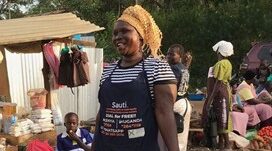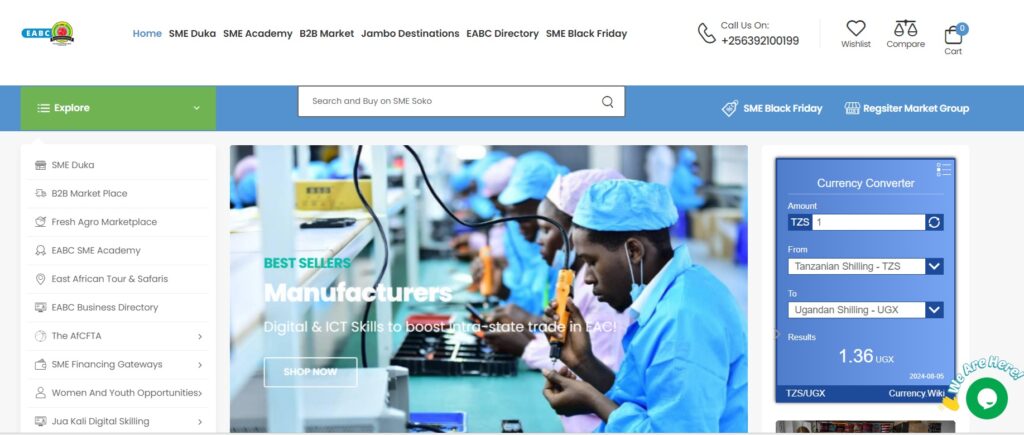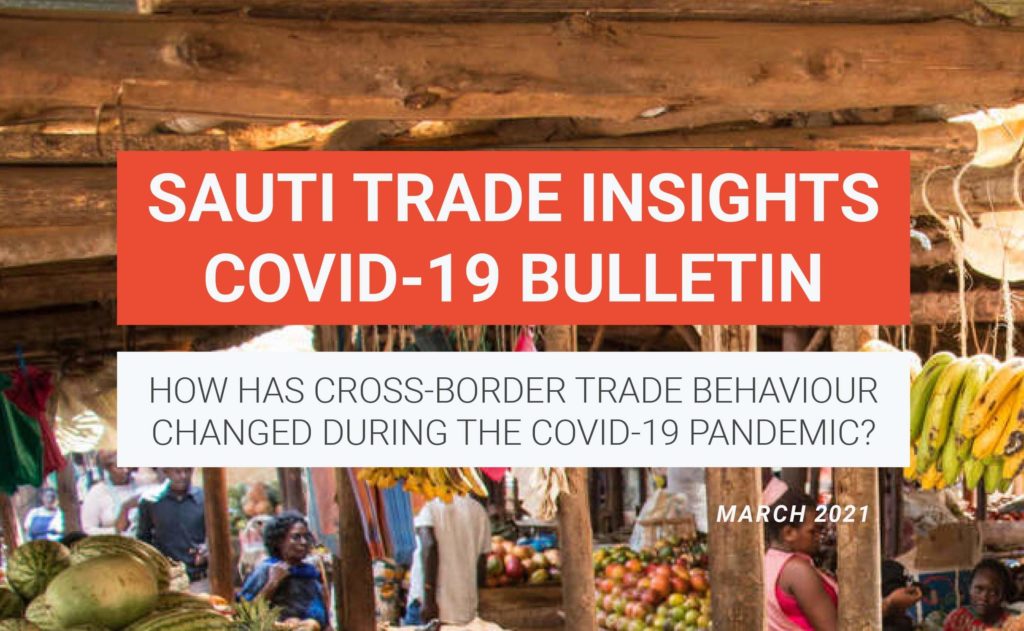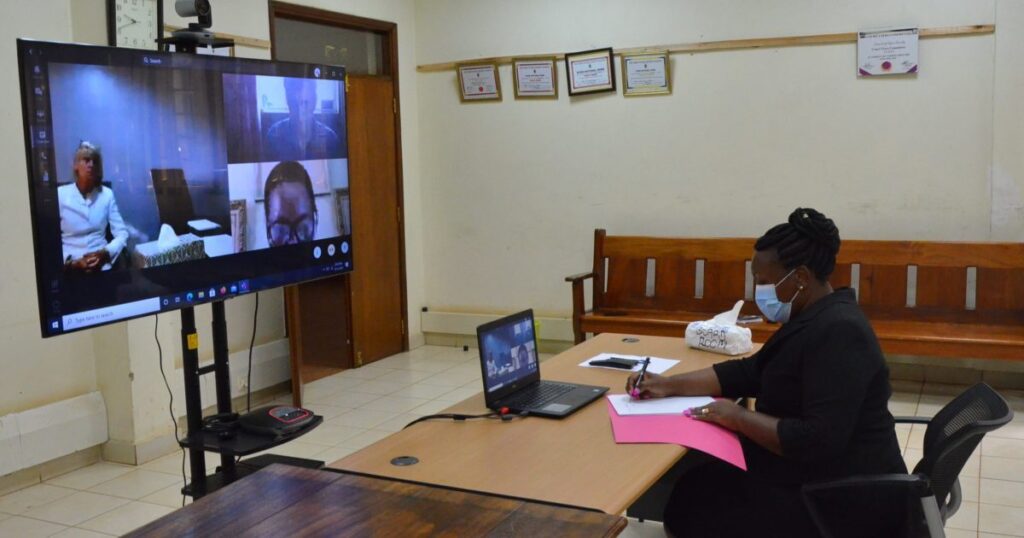Needs Assessment: Kenya’s Women in TradeResearch Consulting & Trade and Market Information Platform
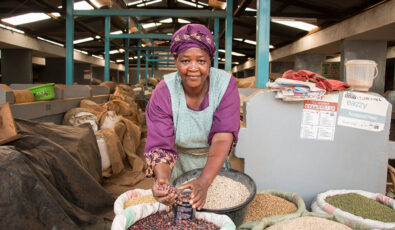
Sauti conducted an extensive study to assess the information needs of women in trade in Kenya with the aim of adding value to women’s trading activities and thereby improving the socio-economic conditions of women involved in trade in East Africa.
The study included three phases: a baseline report, a needs assessment report, and a solutions analysis. Across all three phases, Sauti designed, collected, and analysed data from key stakeholders to inform a solutions analysis of five direct and indirect intervention strategies for TradeMark East Africa (TMEA).
challenge
In Kenya, women in trade (WiT) comprise a diverse group of business operators with varied and
dynamic business and information needs, and which interact with a varied number of stakeholders. Understanding the information system – its reach, existing gaps, and challenges – to service delivery is necessary for building an inclusive and beneficial trade environment for women. In order to better understand this information system, Sauti was tasked with implementing a requirements assessment for women in trade for TradeMark East Africa (TMEA).
For the requirements assessment, Sauti surveyed four groups of women in trade: cross-border traders, urban traders/SMEs, producers such as farmers or pastoralists, and exporters/light processors which target markets outside of the East African Community. The data collection methods included quantitative surveys, focus group discussions, and key informant interviews. In total, 434 women in trade were engaged during the data collection phase.
The key challenges raised during the baseline report included finding clients, crop and animal disease, and adverse weather conditions. While mobile phones were the preferred channel for accessing business information, respondents also identified poor cellular networks, complex procedures, unreliable electricity, limited digital skills, and expensive phones as accessibility barriers and challenges.
project
The baseline report aimed to highlight the current challenges faced by women in trade by answering the following questions:
- What are the basic demographics and business operations of women traders?
- What kind of information do women traders demand?
- What kind of information do they find relevant to their business?
- What forms and channels of business information do they have access to?
- What forms and channels of business information do they prefer?
The baseline findings were then used to map and segment women in trade with this data which informed the information requirements in the needs assessment report. For each of the women in trade subgroups, the following information gaps were identified:
Cross-Border Traders
- Market linkages
- Financing opportunities
- Border Procedures
Urban Traders
- Financing opportunities
- Market linkages
- Market prices
Producers
- Pest and disease control measures
- Financing opportunities
- Market linkages
Exporters
- Market linkages
- Financing opportunities
- Taxes and tariffs
results
In the final phase of the requirements assessment, a solutions analysis was conducted to assess the appropriateness of five different strategies to address the needs of women in trade.
The intervention strategies explored included one direct intervention, deploying a new information platform with channels relevant to women in trade, and five indirect interventions: improving information quality and relevance to women in trade, strengthening inter-agency integration of information, expanding channels for information dissemination to women in trade, and improving capacity of women in trade to access information.
The solutions framework assessed the strategies by analysing business information as a commodity which is generated, disseminated, and consumed. For each strategy, Sauti highlighted the expected outcomes, the action points for TMEA and strategy considerations. As part of the solutions analysis, Sauti also conducted stakeholder discussions for each strategy and integrated these comments into the analysis. The expected outcomes of each intervention or summarised below:
Deploy an information channel which utilizes the information channels relevant to women in trade
- Self-sustaining,
- accessible, and
- end-to-end information platform
Strengthen the capacities of the agencies that generate information relevant to women in trade
- More information available to women in trade, and
- in form and quality that is specifically relevant to their business behavior
Strengthen the inter-agency integration of information between information generators and disseminators
- More information available to women in trade,
- and in form and quality that is specifically relevant to their business behavior
Build on existing capacities of relevant information providers by adding additional channels for women in trade to access business information
- Additional channels with which information providers can disseminate information
Women in trade often lack the necessary capacities and face barriers to access existing information channels. This strategy specifically targets these capacities of women in trade and builds on them to allow women in trade to access more advanced and ubiquitous information channels
- Additional capacities for women in trade to overcome traditional barriers to accessing information, leading to increased use of existing channels.
For more detailed information on our findings and these results, you can read our full requirements assessment here:
